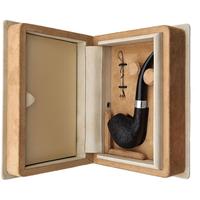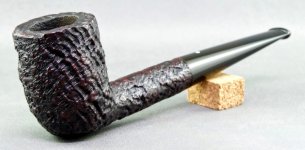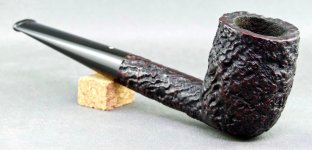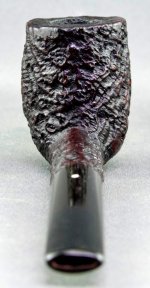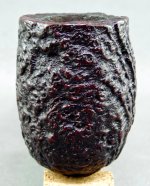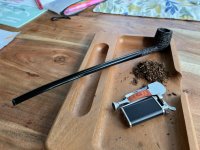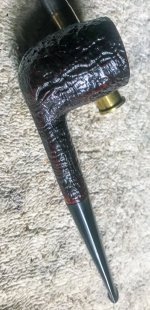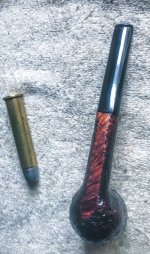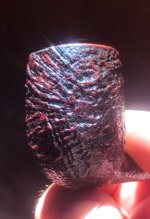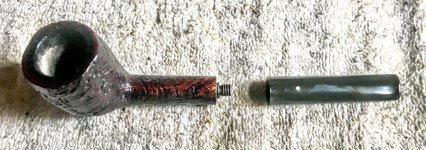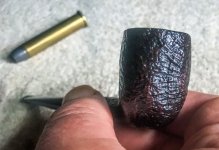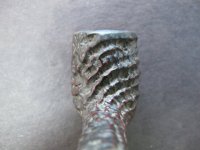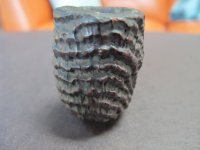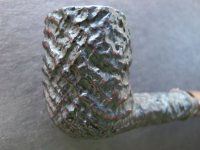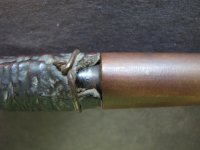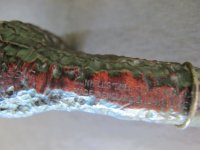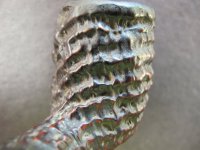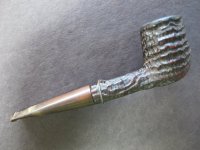There's this weird balance thing when it comes to sandblasts. Too deep and profile lines are lost; too shallow and there's no drama.
Once in a while a piece of wood would react to being blasted as if it was aware of that balance.
I'd guess it occurred about as often as a straight grain happening by chance (meaning in a mass production situation, not "cutting & shaping to the grain" artisan-style.)
Anyway, the combination of the "depth of cut" and "retained shape" here is as close to perfect as I've ever seen.
That it climbed out of the rubble of WWII London---1946 pipes are rare---makes the convergence even sweeter.
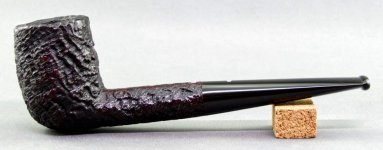
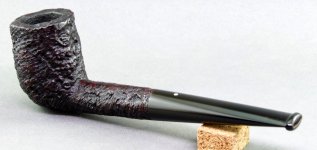
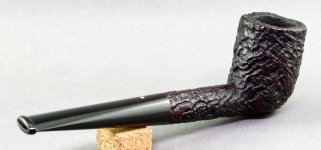
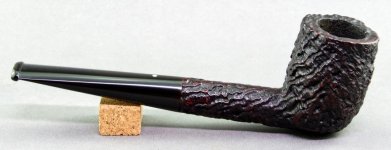
Once in a while a piece of wood would react to being blasted as if it was aware of that balance.
I'd guess it occurred about as often as a straight grain happening by chance (meaning in a mass production situation, not "cutting & shaping to the grain" artisan-style.)
Anyway, the combination of the "depth of cut" and "retained shape" here is as close to perfect as I've ever seen.
That it climbed out of the rubble of WWII London---1946 pipes are rare---makes the convergence even sweeter.








